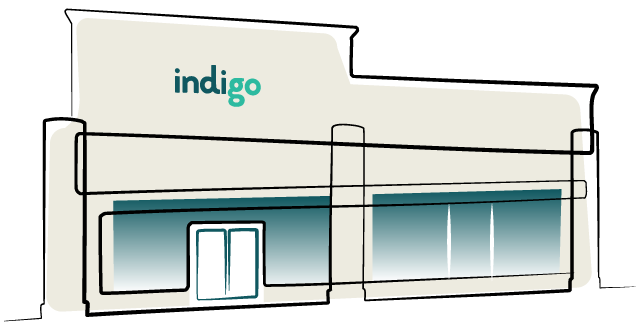The most common skin problem in the United States, acne often appears as an outbreak of pimples on your face. But it can also show up on your chest, neck, back, or shoulders.
Acne
Causes
Acne occurs when a pore gets clogged with oil and dead skin cells. The main trigger for acne is fluctuating hormones -- specifically, the male hormone testosterone. When teenagers hit puberty, their hormones start surging -- and often, so does acne. The hormonal fluctuations that cause acne are most common during the teen years, but they can also affect adults. Women may have hormonal swings during their menstrual cycle, pregnancy, and menopause that result in acne breakouts.
Symptoms
- Persistent, recurrent red spots or swelling on the skin, generally known as pimples; the swelling may become inflamed and fill with pus.
- Dark spots with open pores at the center (blackheads).
- Tiny white bumps under the skin that have no obvious opening (whiteheads).
- Red swellings or lumps (known as papules) that are visibly filled with pus.
- Nodules or lumps under the skin that are inflamed, fluid-filled, and often tender; these nodules may become as large as an inch across.
Treatment
Non-prescription treatment
- Soap and water
- Cleansers that contain benzoyl peroxide, glycolic acid, salicylic acid, or sulfur
- Topical retinol gel or creams
- Alcohol and acetone
- Herbal, organic medications
Prescription Treatments for Acne
- Antibiotics
- Retinoids or vitamin A derivatives
- Azelaic acid
- Dapsone
- Oral contraceptives
- Spironolactone
- Clascoterone
- Triamcinolone
Should I go to Indigo?
Indigo can help you control acne, often by prescribing medications. Some over-the-counter acne products can cause rare but serious allergic reactions or severe irritation. Seek emergency medical attention if you have symptoms such as:
- Throat tightness
- Difficulty breathing
- Feeling faint
- Swelling of the face or tongue

Related Blogs
How can we help?

